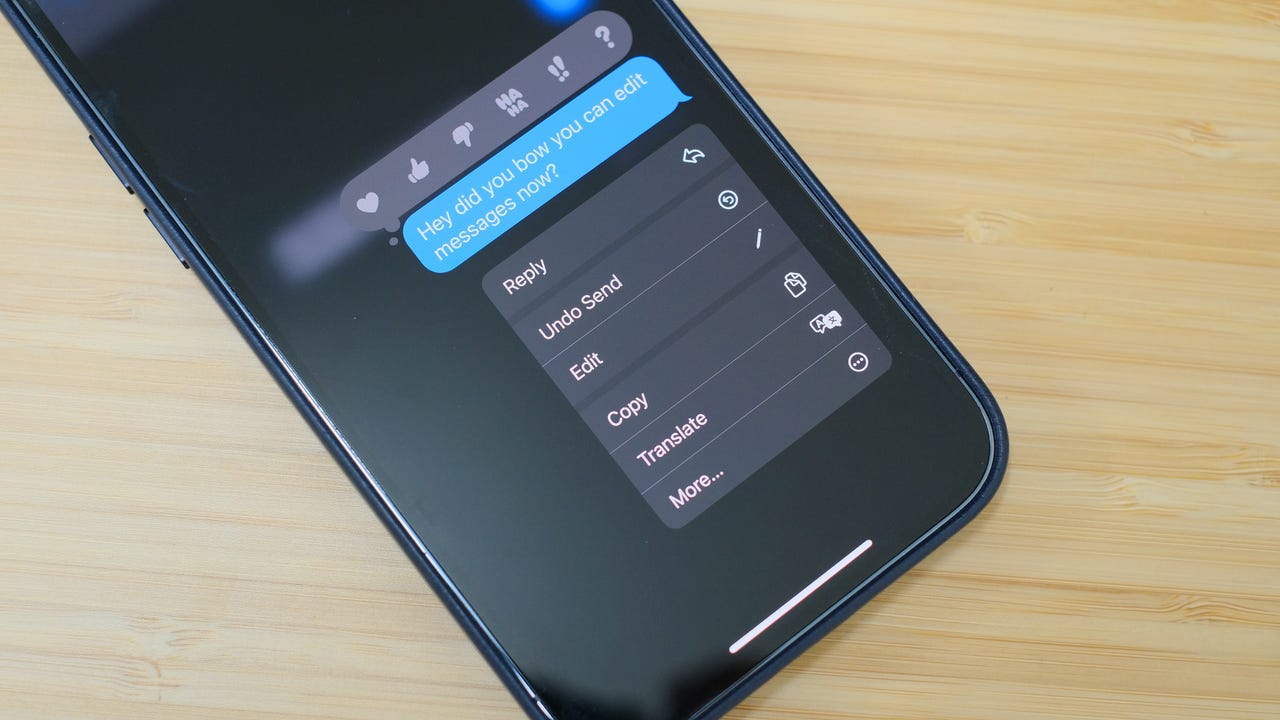iOS 17 makes iMessage group chats with Android users more bearable - sort of

If it wasn't made clear during Google's "Get the Message" campaign last summer, the company sure hoped that a quick jab during its recent I/O conference signaled to Apple that RCS is quite possibly the only solution to a more unified communication system across iOS and Android platforms.
Also: 5 useful iOS 17 features Apple quietly released at WWDC 2023
In what can be interpreted as a response, Apple has unveiled a new change coming to iMessage in its upcoming iOS 17 version, slated for a fall season release. This change provides a more bearable experience when iPhone users are texting in the same conversation as Android users.
Previously, iMessage group chats with Android users, who are marked with green bubbles, would restrict iPhone users from accessing key features like thread responses, editing texts, and more. Photo and video uploads were more compressed than normal, too.
In iOS 17, group chats will now unlock those restricted features for the iPhone, allowing users to communicate and interact with Android users like how they would in an iPhone-only chat. It's not RCS, but, hopefully, this reduces the chances of that one Android user from being ostracized from social groups. It's a real problem.
Also: How to send and receive iMessages on Windows
Here's the catch: Changes like edited text messages and threads don't appear -- or not in the proper order, at least -- in the Messages app on Android. That means that if an individual on an iPhone fixes a typo for when or where a hangout is happening, Android users in the chat won't see the update.
Ultimately, the "improvements" brought to iMessage group chats in iOS 17 benefit iPhone users only. And, in some ways, they hurt the text messaging experience for Android users even more.
